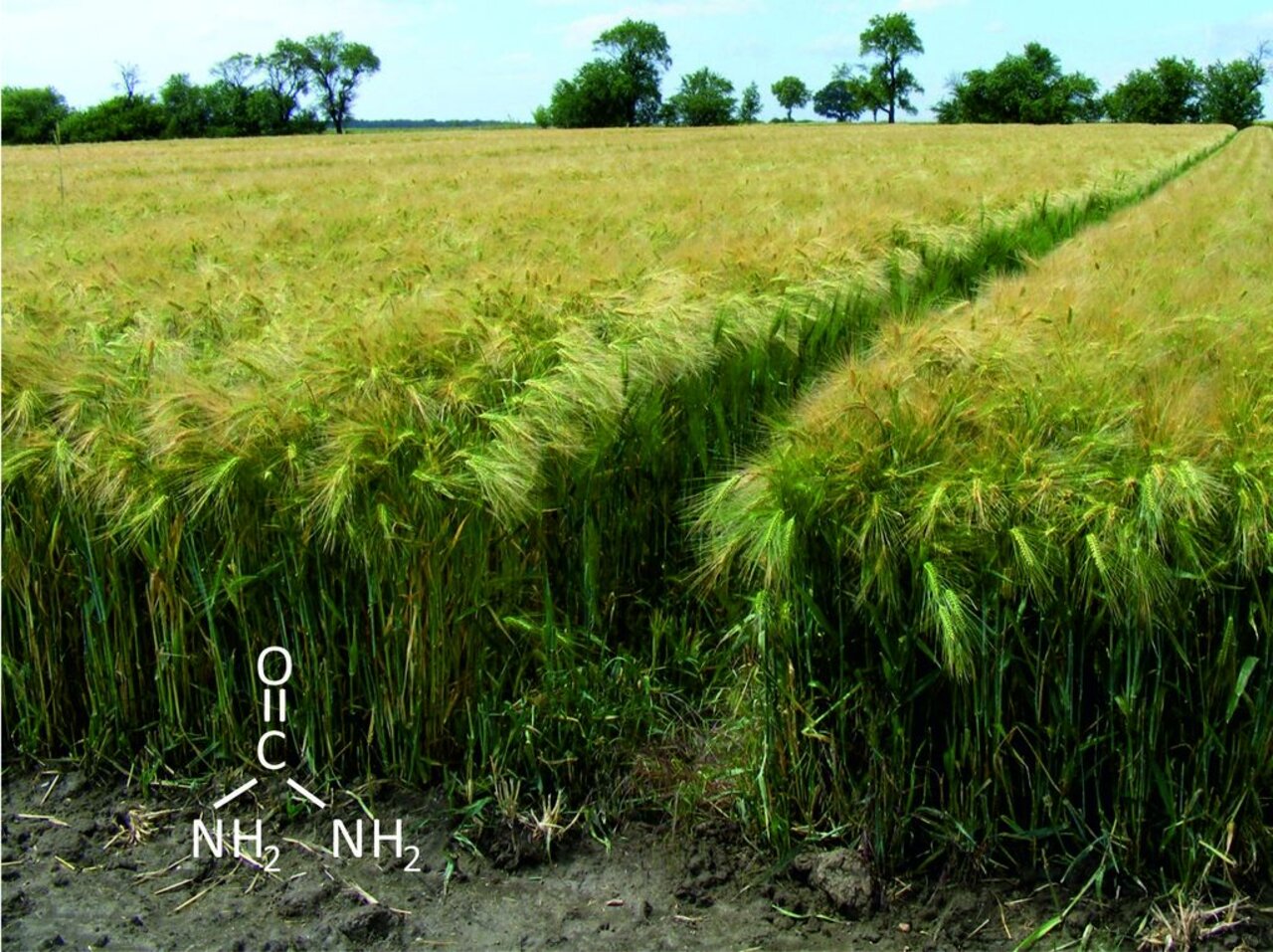Project
StaPlaRes

Nitrogen Stabilization and Subsurface Placement as Innovative Technologies Enhancing the Resource Efficiency of Fertilized Urea
The project deals with two frequently mentioned options for NH3 mitigation following urea fertilization: (1) Stabilization: A combined use of urease and nitrification inhibitors is seen to reduce N- losses significantly avoiding pollution swapping and providing further agronomic benefit. (2). Subsurface placement: A special
side dressing technology injecting granular urea in combination with a mechanic weed control is seen to reduce NH3 emissions and, in addition, to improve soil properties and crop development.
Background and Objective
Key objectives are the increase of NUE and the reduction of N loss. Calculations of field-related N balances as well as product-related life cycle assessments are intended to ensure a proper scientific validation of the compared urea fertilization technologies. A timely implementation of results in the agricultural practices is
planned. Thus the R&D project will make a significant contribution to develop optimum strategies for a resource efficient and environmentally sound urea fertilization.
Target Group
Results of the integrated assessment are relevant for various areas and actors of crop production:
- consulting of farmers concerning the efficient application of urea and inhibitors
- providing advise to policy makers in the area of climate protection and ammonia emissions in agricultural systems
- emission reporting in agriculture
- research concerning the combined application of urease and nitrification inhibitors
Approach
The Thünen-Institute leads the work package (WP) 5: Evaluation.
Based on results of WP 1-4 environmental impacts and costs are calculated and compared with those from
current agricultural management practices for the system under investigation. WP5 is subdivided into 4 key activities:
1. N-bilances and nitrogen use efficiency (NUE)
2. Site-specific emission factors
3. Integrated assessment (Carbon footprint, life cycle assessment and ecoefficiency analysis)
4. Data management and database
Abatement costs for emission reduction are calculated based on costs for the practices under investigation.
Results are presented on a mass basis but also on an area basis. Regional specific recommendation for the most efficient agricultural practice will be derived for the crop rotation under investigation.
Thünen-Contact

Involved external Thünen-Partners
-
Technische Universität München
(München, Freising-Weihenstephan, Deutschland) -
Martin-Luther-Universität Halle-Wittenberg
(Halle (Saale), Deutschland) - Leibniz-Zentrum für Agrarlandschaftsforschung (ZALF) e.V.
(Müncheberg, Deutschland) - Landesanstalt für Landwirtschaft, Forsten und Gartenbau Sachsen-Anhalt
( Bernburg-Strenzfeld, Deutschland) -
Rauch Landmaschinenfabrik GmbH
(Sinzheim, Deutschland) - Sächsisches Landesamt für Umwelt, Landwirtschaft und Geologie (LfULG)
(Nossen, Dresden, Deutschland) - Stickstoffwerke Priesteritz (SKWP)
(Priesteritz, Deutschland)
Funding Body
-
Federal Office for Agriculture and Food (BLE)
(national, öffentlich)
Duration
1.2017 - 12.2020
More Information
Project funding number: 2818102715
Funding program: Innovationsförderung
Project status:
finished

![[Translate to English:] [Translate to English:]](/media/_processed_/3/6/csm_Hintergrund-Ausschnitt1_9daaef6b89.jpeg)
![[Translate to English:] [Translate to English:]](/media/_processed_/3/6/csm_Hintergrund-Ausschnitt1_0bd7111163.jpeg)





